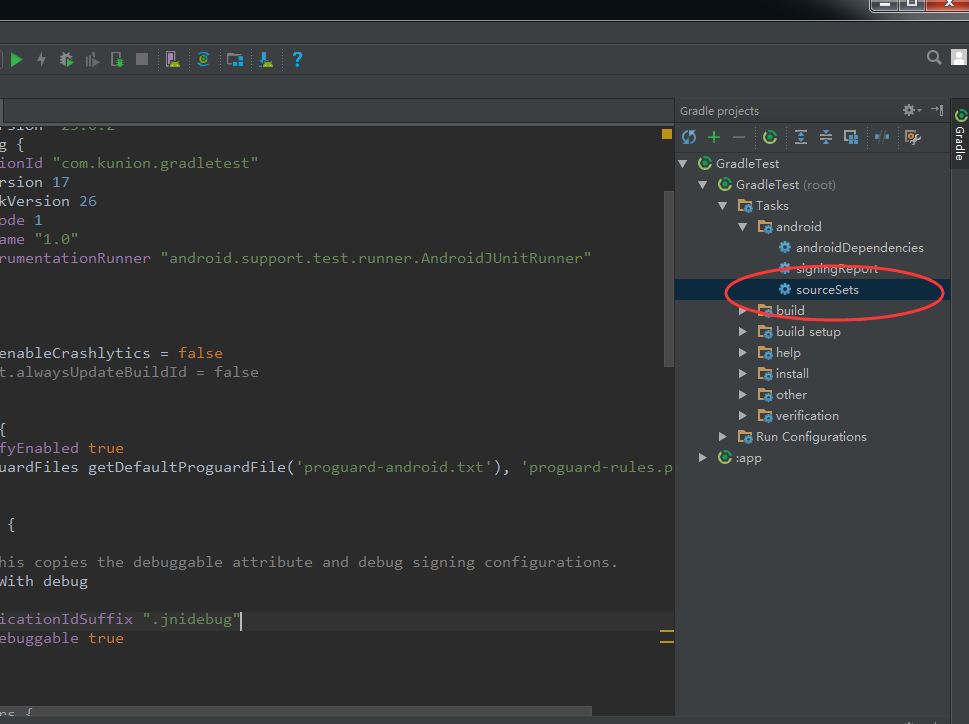
By default, when you create an app in Android Studio from any of the templates, you get two build types: debug and release. Time to dive right into learning what these terms mean:īuild types: In Android apps, build types usually refer to the environment in which you’re testing. These three terms are often a source of confusion when releasing to the Google Play Store, especially if you haven’t played around with them. Before you begin, you need to understand three terms: build variants, build types and build flavors.

In the following two chapters, you’ll learn how to create different versions of your app within the same project. 9.2 Implementing build types in your app.9.1 Switching build types in Android Studio.


7.11 Going one step further in optimization.7.10 Size reductions to make directly in your code.7.5 Other improvements you can do with the analysis.7.3 Best practices for reducing your app size.Optimizing App Size & Obfusticating the APK 6.3 Securing the Organized Simple Note app.5.6 Simplifying multiple permission requests with Android Jetpack.5.4 Updating Podplay to search by location.Section II: Security & Optimization Section 2: 6 chapters Show chapters Hide chapters 2.6 Creating your Google Play Store listing.



 0 kommentar(er)
0 kommentar(er)
